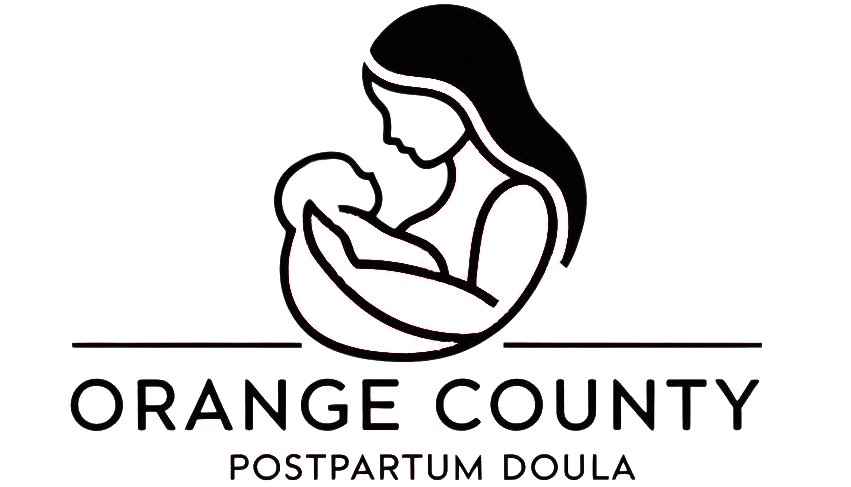Splish Splash: Making Baby’s First Bath Calm and Sweet
Bathing your newborn for the first time can feel like a big milestone and sometimes a little intimidating. Tiny babies can be slippery, their cues can be hard to read, and you may find yourself wondering, am I doing this right? The good news: with some preparation, gentle handling, and evidence-based guidance, bath time can become a calm and even sweet bonding ritual.
When to Start Bathing Your Baby
According to the World Health Organization (WHO) and the American Academy of Pediatrics (AAP), delaying your baby’s first bath for at least 24 hours after birth has health benefits. The protective coating on your baby’s skin, called vernix caseosa, helps regulate temperature, supports the immune system, and protects delicate newborn skin.
Once home, you don’t need to bathe your baby every day. Two to three times per week is recommended for the first few months. On non-bath days, a gentle wipe-down (sometimes called a “top and tail” wash) keeps baby fresh without stripping natural oils that protect their skin.
Bath Time Safety Basics
Safety is the foundation of a stress-free bath:
Always supervise: Never leave your baby unattended near water, even for a moment.
Check the water temperature: The ideal temperature is around 100°F (37.8°C) warm, but not hot. Test with your wrist or elbow before placing baby in the tub.
Use a small, secure tub: A baby bathtub or a sink insert supports your newborn and helps you keep a steady hand.
Gather supplies first: Have everything within arm’s reach—towel, washcloth, mild baby soap (optional), clean diaper, and clothes.
Step-by-Step: A Calm Bathing Routine
Prepare the space
Warm the room to about 75°F (24°C) to prevent baby from getting chilled.
Lay out all supplies so you don’t have to step away.
Start with a sponge bath (first few weeks)
If your baby’s umbilical cord stump hasn’t fallen off yet, stick to sponge baths.
Lay baby on a soft towel, gently clean face and neck with a warm, damp washcloth, then move to arms, legs, and diaper area. Pat dry.
Transition to the tub bath
Once the cord has healed, fill the baby tub with 2–3 inches of warm water.
Undress baby, swaddle loosely in a light cloth if they seem fussy (called a “swaddle bath”), and slowly lower them in, feet first.
Wash gently
Start with the cleanest areas (face and hairline) with plain water.
Use a soft cloth for arms, torso, and legs.
Save diaper area for last. A drop of fragrance-free baby cleanser can be used, but isn’t always necessary.
Rinse and dry
Pour warm water over the baby's body frequently to keep them cozy.
After bathing, lift the baby out carefully, supporting the head and neck, and wrap snugly in a hooded towel.
Gently pat (don’t rub) the skin dry, especially in folds.
Making Bath Time Sweet, Not Stressful
Bath time isn’t just about hygiene, it’s an opportunity for connection and sensory development:
Talk, sing, or hum during the bath. Babies learn language from hearing your voice.
Maintain eye contact to build bonding and trust.
Offer skin-to-skin cuddles after the bath to help regulate baby’s temperature, heart rate, and stress levels.
Research shows that positive touch and calm voices during routine care, like bathing, can reduce infant stress hormones and strengthen attachment.
Bathing your baby doesn’t need to be complicated. With attention to safety, gentle handling, and a little preparation, it can become one of the sweetest parts of your day. Over time, your baby will learn to associate the water with comfort and security, turning “splish splash” into more than just a bath, but a memory-making ritual.
